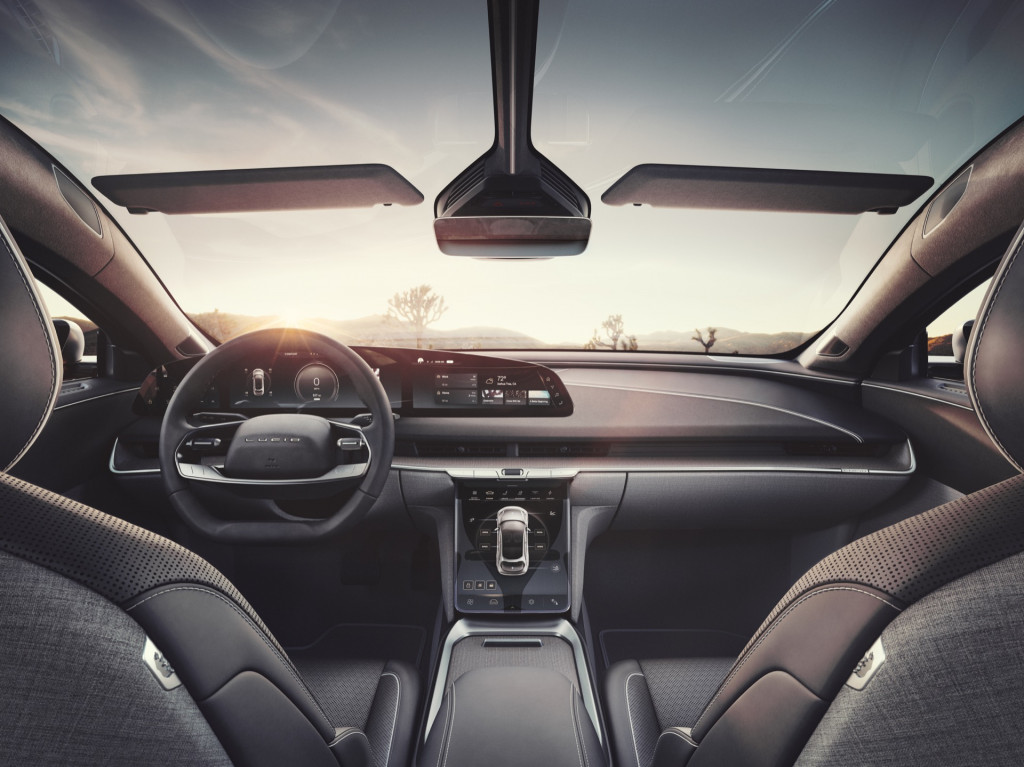The 2020 Cadillac CT4 and CT5 haven’t been on the market for long, but we already have news of the changes for the 2021 model year. They include new Diamond Sky special editions, wireless Apple CarPlay and Android Auto compatibility, the Super Cruise driver-assistance system, and expanded availability of driver-assistance features, Cadillac revealed in a Thursday press release.
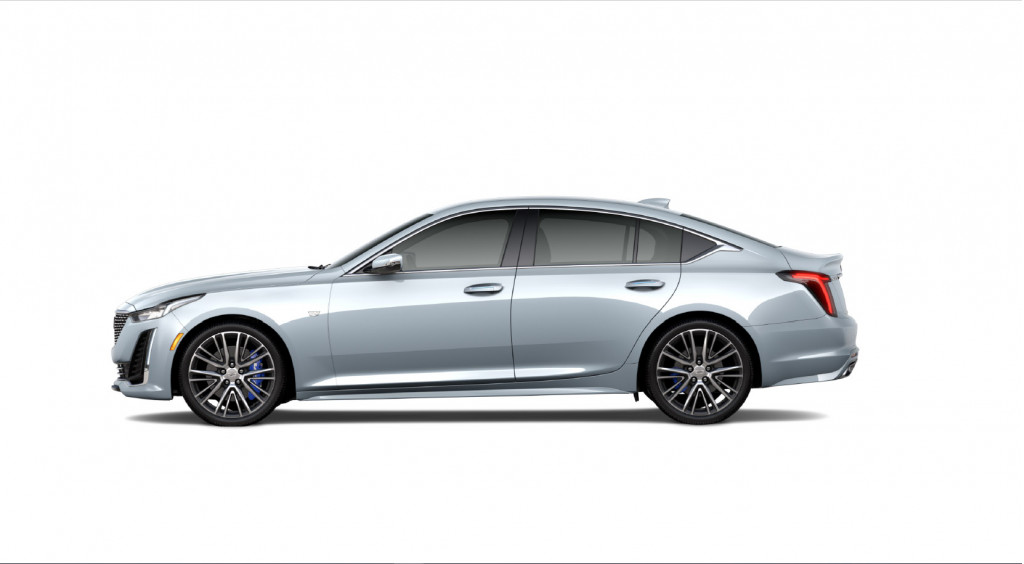
2021 Cadillac CT5
The Diamond Sky special editions will be offered on Premium Luxury trims. Exterior changes include Diamond Sky Metallic paint, bright accents and surrounds on the front grille, blue Brembo V Performance brake calipers, transparent taillight lenses with crystal-finish interiors, and all-season run-flat tires on Diamond Cut/Midnight Silver-finish wheels. The Diamond Sky paint will also appear on the rocker extensions and rear diffuser, and buyers will be able to choose larger Polished/Dark Android Gloss-finish wheels.
Inside, the Diamond Sky models will get Sky Cool Gray/Jet Black leather upholstery with Diamond Fall insert seat perforation and alloy pedals. The CT4 will come with Centaurus Finish Aluminum trim while the CT5’s interior trim will be Galaxy Finish Wood. The keyfobs will have Diamond Sky Metallic accents.
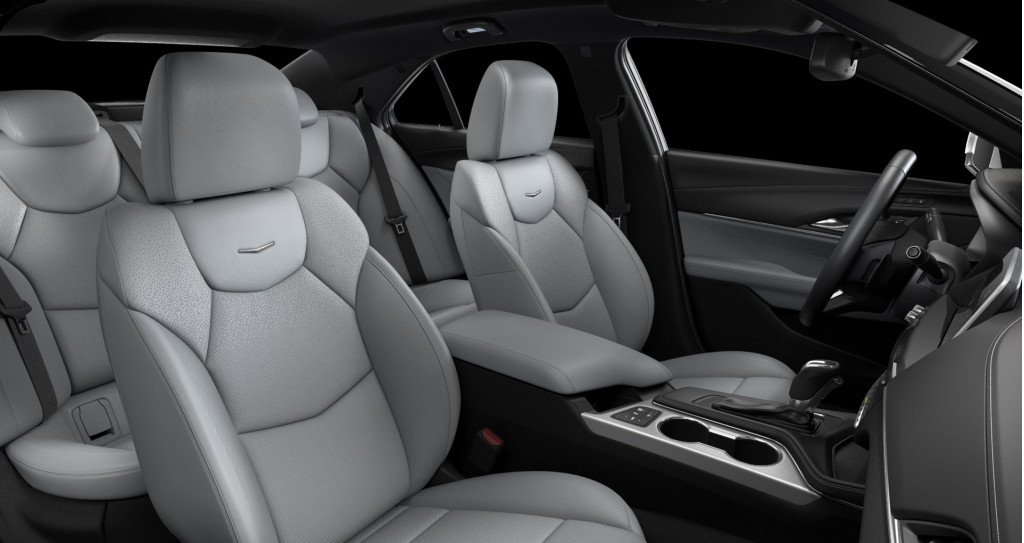
2021 Cadillac CT4
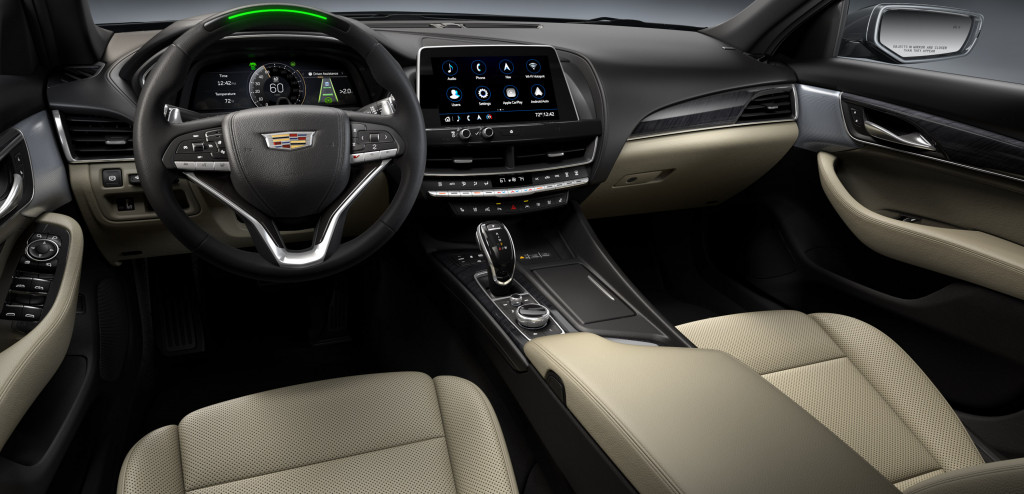
2021 Cadillac
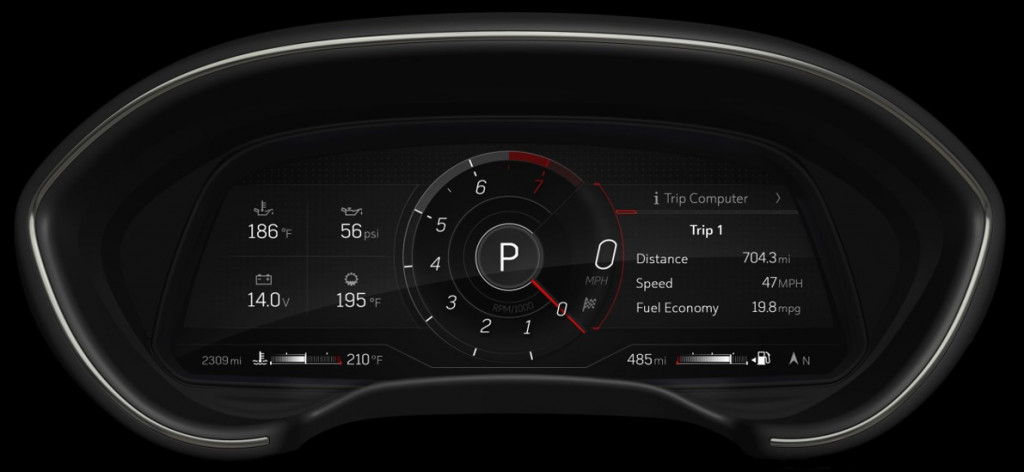
2021 Cadillac CT4/CT5 12-inch digital gauge cluster
All 2021 CT4 and CT5 models will offer a new reconfigurable 12-inch digital instrument cluster with Tour, Sport, Stealth, and for V models, Track themes. The infotainment system’s rotary controller also adds a jog function (it can move side to side and front to back).
More driver-assistance and safety features are also on the docket. Both cars add the Super Cruise driver-assistance system that allows drivers to go hands-free on the highway as long as they are paying attention to the road. It comes with a lane-change function and will be offered on Premium Luxury and V trims. A new feature won’t allow the car to move for 20 seconds unless the driver is buckled in, which will annoy anyone who needs to move their car 3 feet in the driveway. Drivers will be able to turn it off in the vehicle settings menu. Forward-collision warnings, automatic emergency braking with pedestrian detection, and GM’s Safety Alert Seat are now standard on the CT4 Luxury, which makes them standard across all trims on both models.
Some changes are exclusive to the V trims. Both V models get Modena leather on the steering wheel and a standard leather-wrapped horn pad, while the CT4-V now features carbon-fiber instead of leather center console trim.
Some of the V’s equipment now trickles down to the Sport models. A new V Performance package for the Sport adds a performance suspension, magnetic dampers, and a mechanical limited-slip differential. The Brembo V Performance front brakes are also available on both Sport models and buyers can pick from red or blue calipers.
Finally, the 2021 CT4 and CT5 add Infrared Tintcoat and Rift Metallic paint (the latter on V models only) to replace Red Obsession Tintcoat and Royal Spice Metallic. Infrared is a red color to replace Red Obsession, and Rift Metallic is the white/gray color shown in the photos above.
Cadillac didn’t provide pricing for the 2021 models or for the Diamond Sky editions or any of the options packages. Given the additional equipment, expect higher prices.
Look for the 2021 CT4 and CT5 in dealers this fall.












